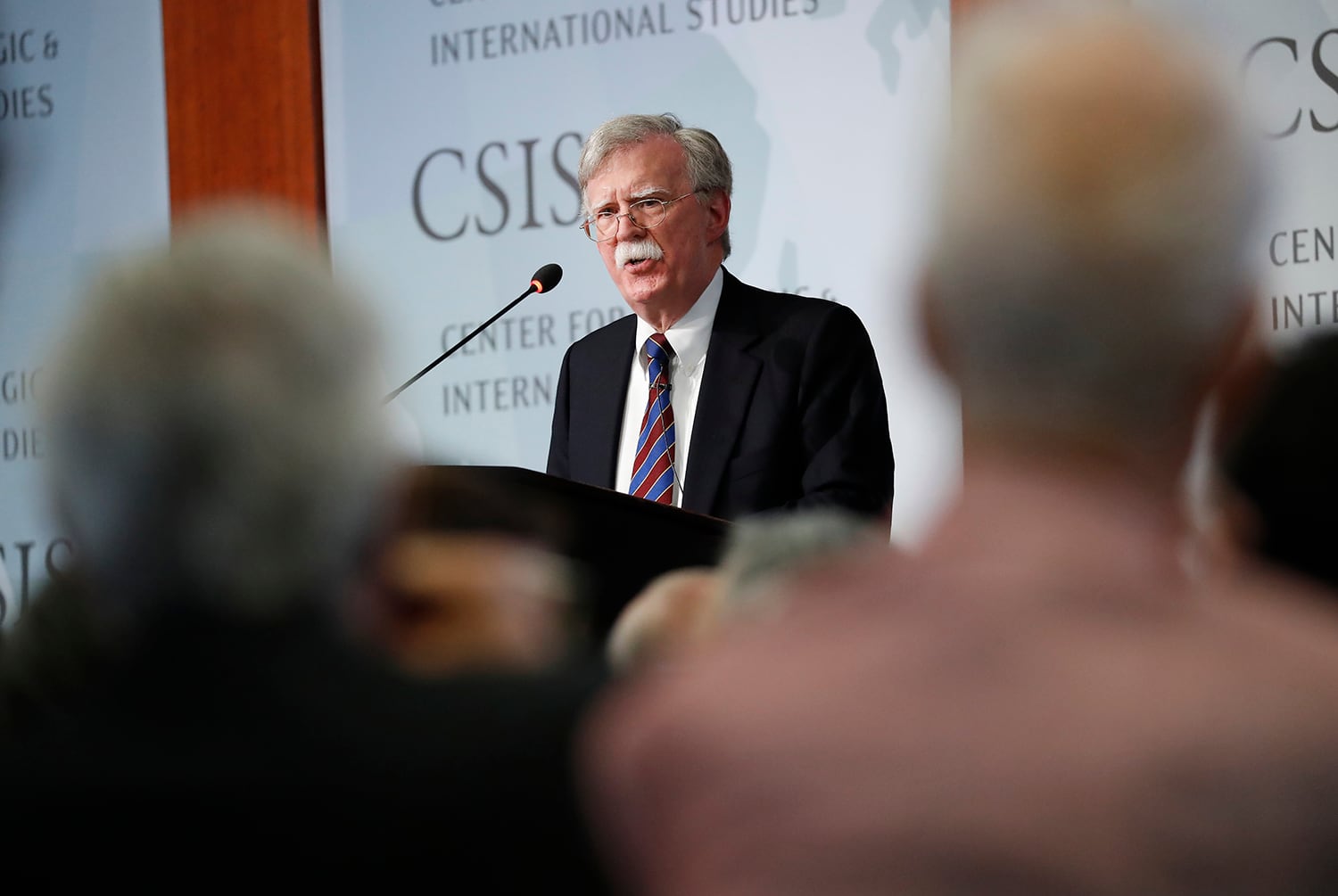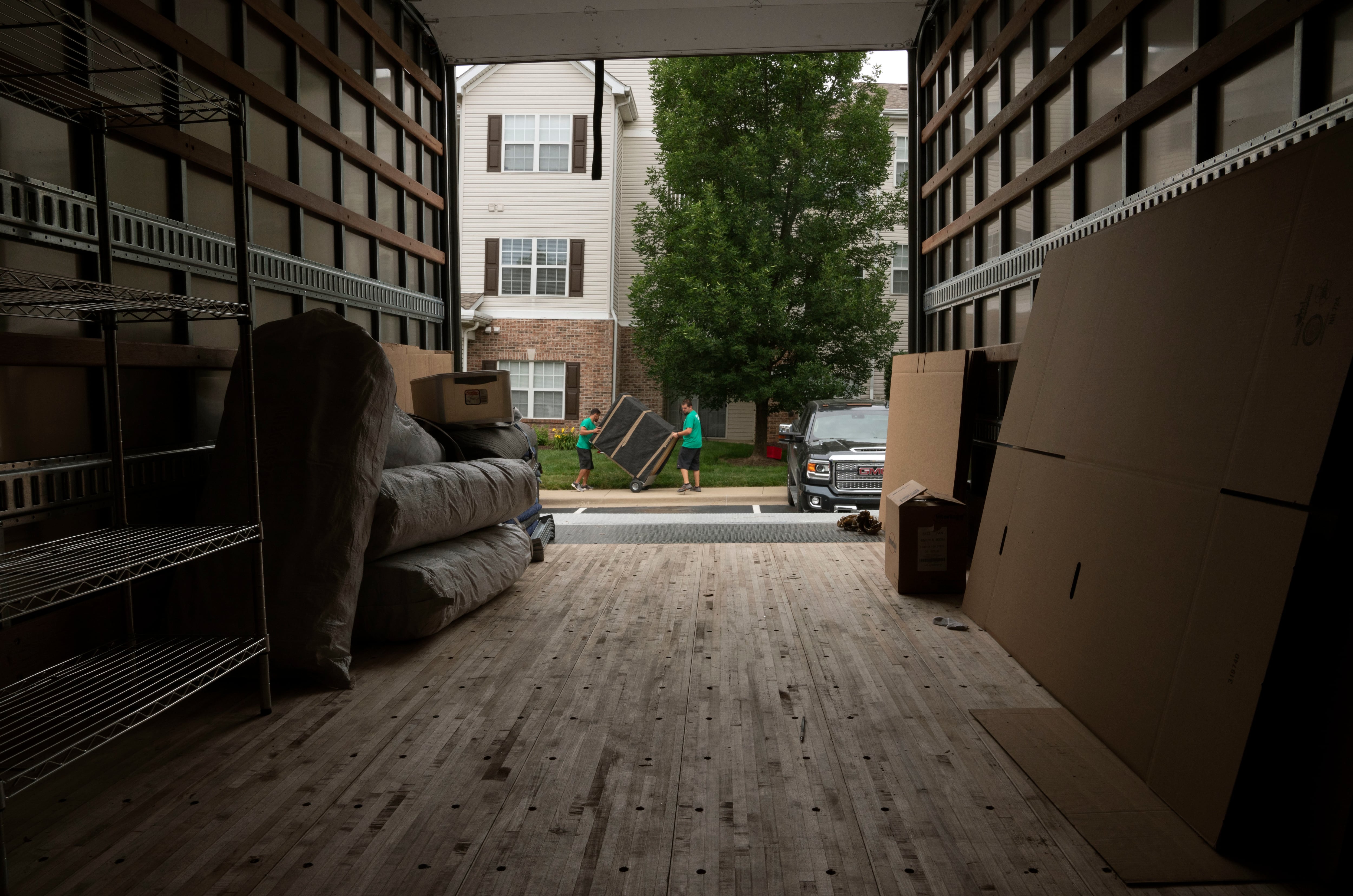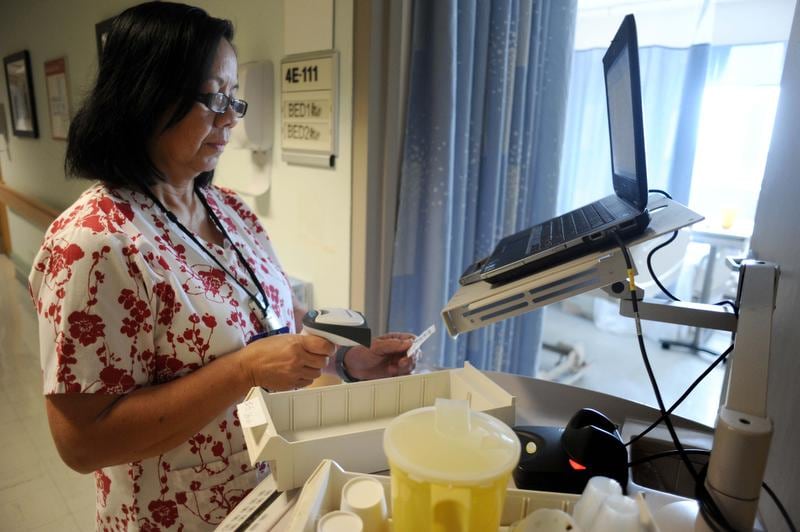SEOUL, South Korea — North Korea on Wednesday fired projectiles toward its eastern sea, South Korea’s military said, in an apparent display of its expanding military capabilities ahead of planned nuclear negotiations with the United States this weekend.
South Korea’s Joint Chiefs of Staff did not immediately confirm what the weapons were, how many were fired or how far they flew.
But Japanese Chief Cabinet Secretary Yoshihide Suga said the North fired two ballistic missiles from the country’s east coast, and one of them appeared to have landed inside Japan’s exclusive economic zone off northwestern coast. There were no reports of damage to Japanese vessels or aircraft traveling in the area, he said.
RELATED

The launches, which were the North’s ninth round of weapons tests since late July, came hours after a senior North Korean diplomat on Tuesday evening announced that North Korea and the United States have agreed to resume working-level nuclear negotiations this weekend.
After supervising a testing firing of what the North described as a “newly developed super-large multiple rocket launcher” last month, North Korean leader Kim Jong Un was quoted by state media as saying that the system would require a “running fire test” to complete its development.
North Korea could also be demonstrating its displeasure over South Korea displaying some of its newly purchased U.S.-made F-35 stealth fighter jets for the first time during its Armed Forces Day ceremony on Tuesday. The North has sharply reacted to the F-35 purchases, calling them a grave provocation that violate recent inter-Korean agreements aimed at lowering military tensions.

Nuclear negotiations have been at a standstill for months following a February summit between Kim and President Donald Trump in Hanoi, Vietnam. Those talks broke down after the U.S. rejected North Korean demands for broad sanctions relief in exchange for partially surrendering its nuclear capabilities.
North Korea followed the summit with belligerent rhetoric and conducted a slew of short-range weapons tests in recent weeks that were widely seen as an attempt to gain leverage ahead of a possible resumption of negotiations.
In a statement released through state media, Choe Son Hui, North Korea’s first vice minister of foreign affairs, said the two nations will have preliminary contact on Friday before holding working-level talks on Saturday. She expressed optimism over the outcome of the meeting but did not say where it would take place.
“It is my expectation that the working-level negotiations would accelerate the positive development of the DPRK-U.S. relations,” Choe said in the statement, using an abbreviation for North Korea’s formal name, the Democratic People’s Republic of Korea.
The U.S. confirmed the talks.
“I can confirm that U.S. and DPRK officials plan to meet within the next week. I do not have further details to share on the meeting,” said State Department spokeswoman Morgan Ortagus, who is traveling with Secretary of State Mike Pompeo in Rome.
RELATED

Choe’s announcement came after North Korea praised Trump last month for suggesting that Washington may pursue an unspecified “new method” in nuclear negotiations with the North. North Korea also has welcomed Trump’s decision to fire hawkish former National Security Adviser John Bolton, who advocated a “Libya model” of unilateral denuclearization as a template for North Korea.
The 2004 disarmament of Libya is seen by North Korea as a deeply provocative comparison because Libyan leader Moammar Gadhafi was killed following U.S.-supported military action in his country seven years after giving up a rudimentary nuclear program that was far less advanced than North Korea’s.
The office of South Korean President Moon Jae-in, who lobbied hard to set up the first summit between Kim and Trump last year in Singapore, welcomed Choe’s announcement and expressed hope that the resumed talks would result in “substantial progress” in denuclearization and stabilization of peace.

That could be a tall order. In the high-stakes diplomacy between Trump and Kim, which has been driven chiefly by the personalities of the leaders rather than an established diplomatic process, working-level meetings have been useful for fleshing out the logistics of summits but unproductive in hammering out the details of a nuclear deal that has eluded the countries for decades.
The stalemate of past months has revealed fundamental differences between the two sides. North Korea says it will never unilaterally surrender its nuclear weapons and missiles and insists that U.S.-led sanctions against it should be lifted first before any progress in negotiations.
The Trump administration has vowed to maintain robust economic pressure until North Korea takes real steps toward fully and verifiably relinquishing its nuclear program.
There are doubts about whether Kim would ever voluntarily deal away an arsenal that he may see as his strongest guarantee of survival.
After their Singapore summit in June 2018, Trump and Kim issued a vague statement calling for a nuclear-free Korean Peninsula without describing how or when it would occur.
The lack of substance and fruitless working-level talks set up the failure in Hanoi, which the Americans blamed on what they said were excessive North Korean demands for sanctions relief in exchange for dismantling an aging nuclear facility in Yongbyon. Trump and Kim met for the third time at the inter-Korean border on June 30 and agreed that working-level talks between the countries should resume.
Associated Press writer Mari Yamaguchi contributed to this report.





